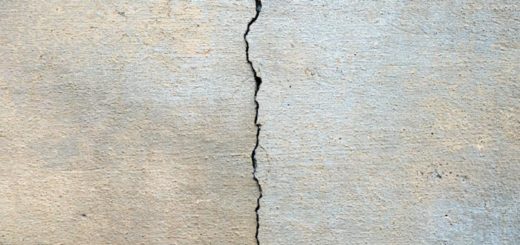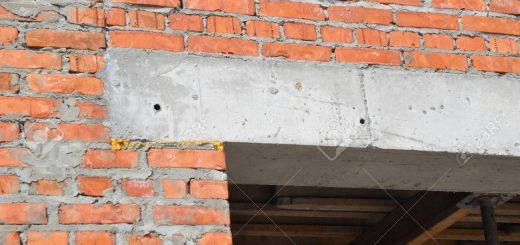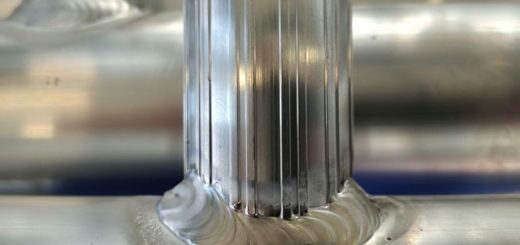Screed Concrete
Screed is a flat surface created with concrete or with cement sand mix to lay the concrete. Depending on the specification, screed concrete could lay in different mix propositions such as Grade 15, Grade 20, etc.
Irregularities in the tension surface of the concrete will lead to the development of the tension cracks. There are areas where the concrete subjected to tensile stresses. For example, in a raft foundation, the bottom concrete surface around the column subjected higher tensile stresses. If the surface is uneven, it helps the development of tension cracks than the flat smooth surface. Figure 01 below shows the method of development of tension cracks.

Therefore, it is a must to have a screed concrete under the foundations. The thickness of the screed concrete generally varies between 50mm to 100mm depending on the application. Higher thicknesses are used for large foundations and when the condition of the ground is very weak. Especially in the pile cap construction, the condition of the ground could be very weak. In such situations, a thicker screed layer having a thickness of about 100mm and a higher grade of concrete such as C20 could be used.
Grade of the screed concrete depends on the application or the type of the foundation. For lightweight structures and small areas, cement sand mix could also be used. Mix proposition of 1:3 (Cement: Sand ) could be used. However, for the other structures, screed concrete could be used. Grade of the screed concrete could be C15 or C20 mainly.
Further, if no screed is laid, water in the concrete will absorbed by soil before it gets harden. This will create honeycombs or dry surfaces with more porosity that could allow water to penetrate up to the reinforcement. As a result, reinforcement may corrode with time. Eventually, it affects the strength of the foundation.
Screed act as a platform to lay the waterproofing membrane and it protects the membrane. It is observed that sometimes, polythenes are laid instead of the screed concrete. Laying polythene will avoid loss of water in concrete; however, it does not create a flat surface to place the foundations.



